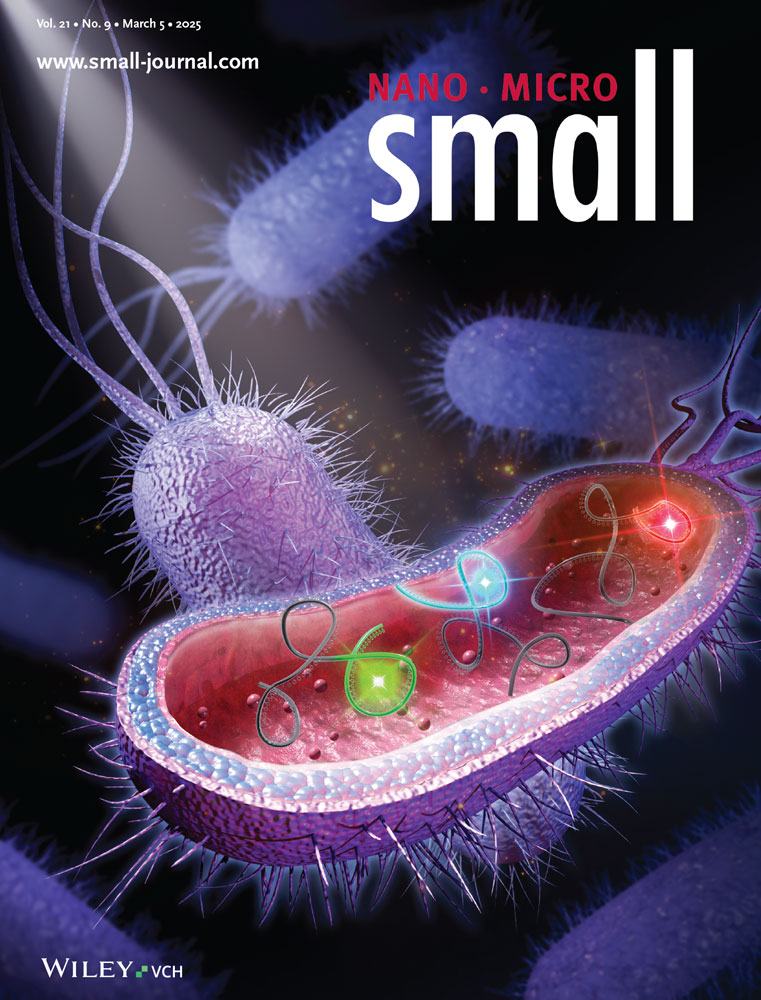A Redox-Active Copper Complex for Orthogonal Detection of Homocysteine Involving Fluorescence and Electrochemical Techniques
Abstract
The present work reports the synthesis, characterization, and excited state photo-physical studies of two copper(II) compounds, 1 & 2, which show interference-free emission with homocysteine (Hcy). Cu(II) complexes offer an orthogonal detection strategy involving fluorescence and electrochemical methods, paving the way for improved point-of-care diagnostics and early cardiovascular diseases intervention. The reduction-induced emission enhancement (RIEE) of Cu complexes facilitates the fluorescence measurement of Hcy at physiological pH. The fluorogenic redox-active 1 and 2 are deposited onto gold electrode surfaces to construct the electrochemical sensors 1@Au and 2@Au, respectively. Under specific alkaline conditions, a distinct and selective redox peak at 0.6 V (vs Ag/AgCl) emerges for 1@Au upon interaction with homocysteine. Further, square wave voltammetry confirms the non-interference of its congener (cysteine) even at high concentrations (200 µM) while detecting Hcy (5–100 µM), demonstrating its potential for real-world applications. The fabricated 1@Au exhibits excellent sensitivity of 31.88 µA/µM, with an impressive detection limit of 2.26 nM, and a limit of quantification of 6.85 nM toward Hcy. The analytical applicability of the 1@Au is validated by quantifying Hcy levels in human blood plasma samples. The results highlighted the feasibility of the proposed technique as a rapid and portable monitoring of Hcy in diagnosing cardiovascular diseases (CVDs).
Conflict of Interest
The authors declare no conflict of interest.
Open Research
Data Availability Statement
The data that support the findings of this study are available from the corresponding author upon reasonable request.




